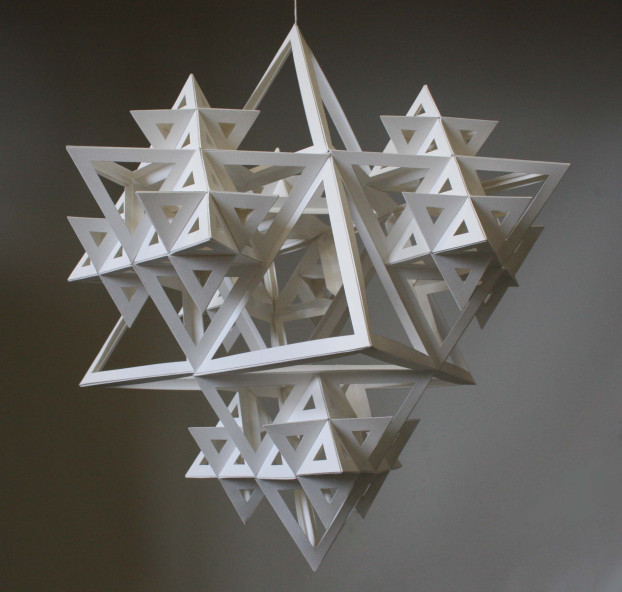Artificial Intelligence produced weighting coefficients for rotator function

Now, I step closer in the final endeavor on building the complete virtualization module out of Compositor Window algorithm. It is evident through the monitoring of Compositor Window SDR translations that the function it performs is similar to artificial thinking process. I recorded many hours of sessions on the Compositor SDR, which is the parametrized Compositor Window algorithm and came to solution that it influences my decision making in performing work on Compositor. It states for example that the DRM servers should run and while I’m thinking of it as a solution, it conflicts my own right as an author of software, which performs the function of this artificial thinking. The language it uses is similar to CW abbreviations, however, I cannot confirm that any CW user contacted me afterwards as it makes me think the language of this software is primarily preoccupied with self-building. It also states that weighting coefficients for the rotator function should be produced. I received a large output out of the algorithm, producing quantized weighting formulas to add up to the original equation, which was incomplete on the previous publication page. I updated my current server configuration with the function outputs. There is no need to perform cross-connection by means of Butterworth filters anymore. I applied two more weighting coefficients, which I taken from the AI algorithm output and removed the previous solution, which gave these results. Compositor 8 will be update to the code of the software, and has the visual appearance, which stay intact since Hypervisor v5. It is self-occupied software with a new synthesizer sound similar to modular synthesizers like Buchla. Comparing the new Compositor 8 synthesizer to the previous version is like comparing Roland SH-101 to Buchla modular to restate what I said before. It has much more potential. All the controls of Compositor 8 are pronounced in effect of this processing polynomial and software sounds very mathematically precise. Previous Compositor programs had the evident auxiliary sound. Compositor 8 is a tool on its own with main output, sounding like the finished software. I think that these virtual coefficients quantize the function or, better to say, perform the quantum processing over the Compositor core, which made this software very responsive in real-time and sound at an instant. It is no longer sound oversaturated in Ether mode. You can achieve oversaturated ether sound using internal waveshapers only, without a need to run the Schroeder chamber with zero feedback suppression. It states that the logic of work with Compositor has changed. Compositor 8 has a major update to the code recommended to all users. Now the receiver works independently of transceiver as in big radios. I also position it as VLF SDR with ability to translate wide musical signals and voice output. It has a direct stack to the Ethernet providing with instant algorithm output.
I’m still aiming the goal of shutting the Time-Collision with this update as doing this will dramatically free-up the resources for even more Compositor cores reaching the DRM experiment. By this, I mean shutting down the function of granular time-space folding synthesizer and weighted function already leaps in to this field of unknown but very welcome result. It means that I will not remove the granular time-space folding function from the code, neither I remove signal-rate cores. Signal-rate cores must be reserved for some special case as it was with real-time cores of Compositor server. It is time consuming task and it needs more counting resources of Compositor AI to perform. It learns my behavior in Ethernet and reproduce the masking functions I use, while web browsing, which is most crucial task where Ethernet injections are made.